



Imagine stepping into a place where tradition hums softly alongside the buzz of everyday life—that’s Yogyakarta for you. The moment you arrive,there’s this warm,inviting energy in the air,like the city is gently pulling you into its story. Streets are alive with the chatter of locals bargaining at vibrant markets,the scent of sizzling satay mingling with sweet jasmine from nearby temples. It’s a city that feels both timeless and refreshingly alive. Walking through Yogyakarta,you’ll notice the rich tapestry of culture woven into every corner. The majestic Sultan’s Palace stands proudly,a reminder of the city’s royal heritage,while street artists splash color onto walls,telling modern tales. At dawn,the soft glow of the sun casts a golden light over the ancient temples of Borobudur and Prambanan nearby—places that feel almost sacred,whispering secrets of centuries past. But what really makes Yogyakarta stick with you is its people—their warmth,their stories,their laughter. Grab a seat at a humble warung and savor gudeg,a sweet jackfruit stew that tastes like home. As night falls,the city doesn’t sleep; instead,it pulses with gamelan music and the clatter of wayang kulit puppetry,inviting you to dive deeper into its soul. Yogyakarta isn’t just a destination; it’s a feeling you carry long after you leave.
The information on this page is currently being reviewed by Tripkliq and should be used as a guide only
Eng word: Hello
Eng pronunciation: Ha-lo
Local language: Halo
Eng word: Goodbye
Eng pronunciation: Soo-geng tin-dak
Local language: Sugeng tindak
Eng word: Thank you
Eng pronunciation: Ma-toor noo-woon
Local language: Matur nuwun
Eng word: How much
Eng pronunciation: Pin-ten
Local language: Pinten
Eng word: Toilet
Eng pronunciation: Ka-mar man-dee
Local language: Kamar mandi
Eng word: Help me
Eng pronunciation: Too-loong a-koo
Local language: Tulung aku
Eng word: Yes
Eng pronunciation: Ing-gih
Local language: Inggih
Eng word: No
Eng pronunciation: O-ra
Local language: Ora
Eng word: Excuse me
Eng pronunciation: Noo-woon se-woo
Local language: Nuwun sewu
Kota Yogyakarta, often simply called Yogyakarta, was established as a sultanate in 1755. This was after the Giyanti Agreement, a significant event that split the Mataram Sultanate, leading to the formation of the Surakarta (Solo) and Yogyakarta Sultanates.
The Keraton Yogyakarta is not simply a palace; it's the heart of Yogyakarta's cultural and political life. Constructed between 1755 and 1756, it serves as the residence of the sultan and offers a fascinating glimpse into Javanese culture and the city's royal heritage.
Yogyakarta is unique for its city layout, which is symbolic and philosophical in nature. The main street, Malioboro, and the Keraton align with Mount Merapi, reflecting the cosmic balance in Javanese culture between the human and the spiritual realms.
Built in the mid-18th century, Taman Sari served as a royal garden for the Sultan of Yogyakarta. Its pools, pavilions, and waterways were a leisurely retreat for the royal family, showcasing the sophistication of Javanese architecture.
Gadjah Mada University, established in 1949, is not just one of Indonesia's oldest institutions of higher education but also a symbol of the nation's resilience and intellectual development post-independence.
Yogyakarta played a pivotal role in Indonesia’s struggle for independence. In 1949, the city was declared the capital of the Indonesian Republic during the Indonesian National Revolution, when Jakarta was under Dutch control.
Yogyakarta is renowned for its steadfast dedication to preserving Javanese culture, including traditional arts like batik, ballet (Javanese dance), music (gamelan), and puppetry (wayang kulit).
While not technically within Yogyakarta's city limits, the ancient temples of Borobudur and Prambanan are closely associated with the city. These UNESCO World Heritage Sites, dating from the 8th and 9th centuries, showcase the city's historical significance in the development of Buddhist and Hindu art in Indonesia.
Malioboro Street, the main artery of Yogyakarta, is a vibrant showcase of the city's hustle and bustle, notable for its street vendors, traditional crafts, and the colonial buildings lining the street, reflecting the city’s historical layers.
In Kota Yogyakarta, the most common Power Adaptor is Type C, Type F.



A traditional Javanese dish made from young jackfruit cooked in coconut milk and spices, often served with rice, chicken, and boiled eggs.
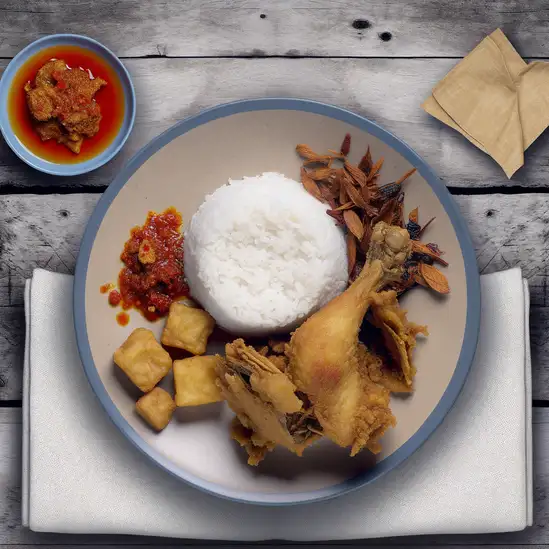
Fried chicken that is smashed and served with sambal (spicy chili paste), rice, and fresh vegetables, known for its bold flavors.
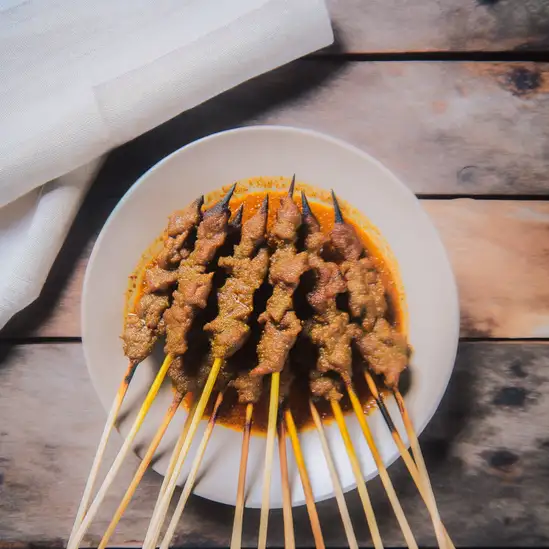
A unique type of satay made from mutton or chicken, seasoned with a special blend of spices and grilled over charcoal, typically served with a spicy soy sauce.
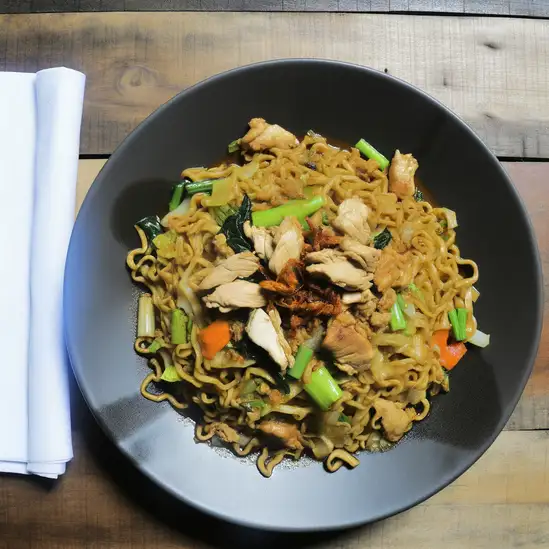
Javanese-style noodles stir-fried with a mix of vegetables, chicken, and spices, often served with a side of broth.
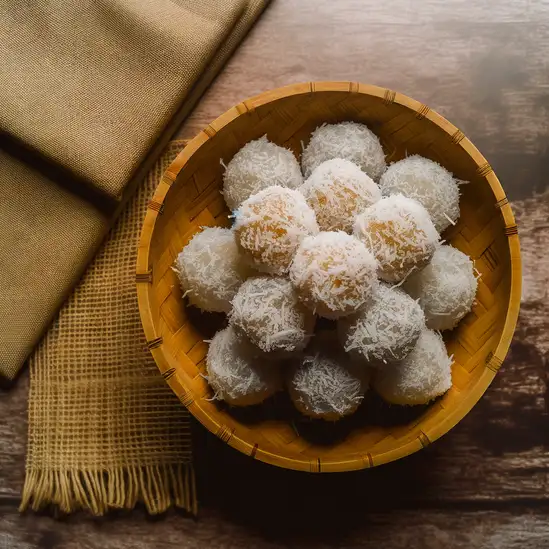
Sweet rice cake balls filled with palm sugar and coated in grated coconut, often enjoyed as a dessert or snack.
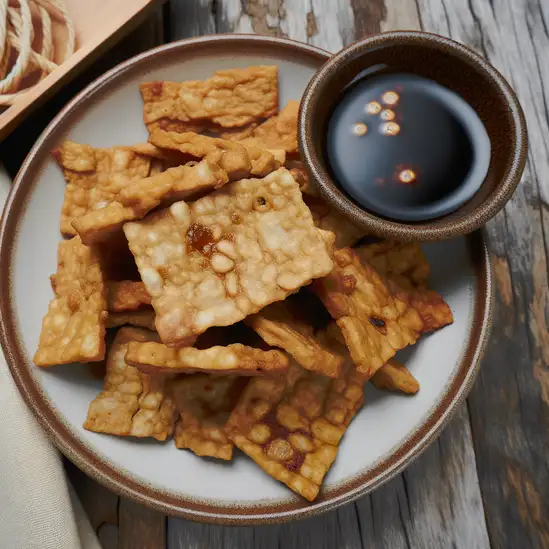
Thin slices of tempeh (fermented soybean cake) that are battered and fried until crispy, usually served with a soy sauce dip.

Small portions of rice served with various side dishes, wrapped in banana leaves, often enjoyed as a quick snack or meal.
Bali feels like stepping into a vibrant dream where every corner pulses with life and warmth. From the moment you arrive,there’s this unmistakable energy—part spiritual,part playful—that wraps around you like a soft,tropical breeze. Imagine waking up to the gentle rustle of palm leaves and the distant sound of waves crashing against volcanic black sand beaches. The air carries a mix of frangipani blossoms and salty sea spray,instantly grounding you in the island’s natural beauty.
What really makes Bali special is its rich culture woven into everyday life. You’ll see locals in colorful sarongs offering flowers at temple steps,hear the rhythmic beat of gamelan music drifting through the air,and catch glimpses of intricate wood carvings and vibrant paintings in small artisan shops. The island’s spirituality isn’t just something you observe—it’s something you feel,a quiet presence that invites you to slow down and connect.
And then there’s the food—oh,the food! Freshly grilled satay,fragrant nasi campur bursting with spices,and tropical fruits so sweet they almost taste like candy. Whether you’re dining in a bustling market or a cliffside café overlooking the ocean,every bite feels like a celebration of Bali’s rich flavors and traditions. Honestly,Bali isn’t just a place you visit; it’s a place that stays with you,long after you’ve left.
If you find yourself wandering through Kota Administrasi Jakarta Pusat,you’ll immediately notice the pulse of a city that’s both historic and buzzing with modern energy. It’s a place where colonial-era buildings stand shoulder to shoulder with sleek skyscrapers,creating a fascinating blend of old and new. Walking down the streets,you can almost hear the echoes of history mingling with the chatter of office workers and street vendors. The air carries a mix of aromas—from the rich,spicy scent of street food stalls grilling satay to the faint,comforting smell of freshly brewed kopi from tiny warungs tucked in corners.
What really makes Jakarta Pusat special is its vibrant character. It’s the heart of the city’s administrative and cultural life,so you’ll find a lively mix of people—government officials,artists,students,and families—all weaving their stories into the urban fabric. The bustling markets,like Pasar Baru,invite you to haggle over colorful textiles and local snacks,while nearby museums and galleries offer a quiet retreat into Indonesia’s rich heritage.
There’s a rhythm here that’s both fast-paced and inviting. Whether you’re sipping a sweet es cendol under the shade of a tree in Merdeka Square or catching the golden light reflecting off the National Monument at dusk,Jakarta Pusat feels alive in a way that’s deeply human and endlessly fascinating. It’s a city that invites you to slow down,look around,and soak in the layers of life unfolding all at once.
Surabaya has this vibrant,bustling energy that instantly pulls you in—it''s a city that feels alive in every corner,from the early morning markets to the neon-lit streets at night. When you walk through its neighborhoods,you’ll catch the rich aroma of street food sizzling on open grills,mingling with the salty breeze drifting in from the nearby harbor. The sounds of lively chatter,honking becak (pedicabs),and the occasional call to prayer create a soundtrack that’s uniquely Surabaya.
What really makes Surabaya stand out is its blend of old and new. You can wander through historic Dutch colonial buildings and then find yourself in a modern café sipping on a perfectly brewed kopi tubruk. The city wears its history proudly,especially in places like the Heroes Monument,which tells stories of resilience and spirit. The locals are warm and welcoming,often eager to share tales about their city or recommend the best spot for rawon,a rich,black beef stew that’s a must-try.
Culturally,Surabaya pulses with a mix of Javanese tradition and urban grit. Festivals,street art,and bustling markets showcase a community that’s proud of its roots but also eager to embrace the future. Whether you’re exploring the vibrant Chinatown district or relaxing in a quiet park,there’s a genuine,grounded feeling here that makes you want to slow down and soak it all in. Trust me,Surabaya isn’t just a stopover—it’s a place that stays with you long after you leave.
Imagine stepping into a place where the ocean breeze carries the scent of salt and frangipani,and the rhythm of traditional gamelan music hums softly in the background. That’s Lombok for you—a vibrant island that feels both alive and laid-back at the same time. Unlike its flashier neighbor Bali,Lombok has this raw,untouched charm that invites you to slow down and really soak in the moment. The beaches here aren’t just pretty; they’re vast stretches of powdery white sand meeting turquoise waves that seem to whisper stories of ancient fishermen and island life.
Walking through the local markets,you’ll hear the lively chatter of vendors selling fresh spices,tropical fruits,and handwoven textiles. The air is thick with the aroma of grilled satay and sweet coconut,tempting you to try every bite. The Sasak people,with their warm smiles and rich traditions,add a deep cultural layer to the island’s character. You might catch a glimpse of their intricate weaving or hear tales of their unique ceremonies,which feel like a bridge between past and present.
What really stays with you about Lombok is its balance—between adventure and tranquility,nature and culture. Whether you’re hiking up Mount Rinjani’s misty slopes,diving into vibrant coral reefs,or simply sipping a fresh coconut by a quiet beach,there’s a genuine sense of connection here. It’s a place that doesn’t just fill your camera roll but leaves a quiet imprint on your heart.
If you ever find yourself craving a place where the ocean breeze carries the scent of sizzling street food and the hum of lively markets fills the air,Makassar should be at the top of your list. This city pulses with a laid-back energy that feels both vibrant and welcoming,like a friend inviting you to slow down and savor the moment. Walking along the waterfront,you’ll catch glimpses of traditional wooden phinisi boats bobbing gently,their sails catching the golden light of sunset,while fishermen call out to one another in a melodic rhythm that feels timeless.
Makassar’s streets are a feast for the senses. The aroma of grilled seafood—freshly caught and seasoned with local spices—wafts from warungs lining the alleys,tempting you to try coto Makassar,a rich,aromatic beef soup that locals swear by. The city’s mix of Bugis and Makassarese cultures shines through in its colorful markets,where vibrant textiles,handcrafted jewelry,and lively banter create a tapestry of daily life that’s both authentic and inviting.
What really makes Makassar stand out is its blend of old and new. You can explore centuries-old forts and mosques,then hop over to a bustling café where young creatives gather,blending tradition with modern flair. It’s a place where every corner tells a story,and every meal feels like a celebration. Trust me,Makassar isn’t just a stopover—it’s a place that stays with you long after you’ve left.
If you ever find yourself wandering through Kota Medan,you’ll immediately notice its vibrant pulse—a city where tradition and modern life dance together effortlessly. The streets buzz with the chatter of locals,the sizzle of street food stalls,and the occasional call to prayer echoing from nearby mosques. It’s a place that feels alive,warm,and inviting,like an old friend eager to share stories over a cup of kopi Medan,the local coffee that’s rich,bold,and just a little sweet.
Walking through the city,your senses will be treated to a tapestry of aromas:fragrant spices from bustling markets,the smoky hint of grilled satay,and the fresh scent of tropical fruits piled high in colorful stalls. The architecture is a fascinating mix too—colonial-era buildings standing proudly alongside vibrant Chinese temples and bustling shopping streets. This blend reflects Medan’s diverse cultural roots,where Malay,Batak,Chinese,and Indian influences mingle in everyday life.
What really makes Medan special is its people—their warmth and openness make you feel instantly at home. Whether you’re savoring a plate of soto Medan,a comforting coconut milk soup,or exploring the lively Pasar Petisah market,there’s a genuine friendliness that invites you to slow down and soak it all in. It’s a city that doesn’t just welcome you; it wraps you in its rich,flavorful embrace and leaves you wanting to come back for more.
Tourists are lured into 'art galleries' where they are pressured to buy overpriced or fake artwork, often under the guise of supporting local artists or students.
Money changers may use sleight of hand or offer poor exchange rates to shortchange tourists unfamiliar with the local currency.
Scammers sell fake tickets to popular attractions like Prambanan or Borobudur temples, leaving tourists unable to enter upon arrival.
Unlicensed individuals may approach tourists claiming to be official guides, offering overpriced or subpar tours.
Tourists renting motorbikes may be falsely accused of causing pre-existing damage and are forced to pay hefty repair fees.
Becak (pedicab) drivers may charge tourists significantly higher prices than locals, especially if the fare is not agreed upon beforehand.
Street vendors or shops near tourist areas may charge inflated prices for souvenirs, especially if tourists do not negotiate.
Some food vendors may charge tourists higher prices than locals, especially if prices are not clearly displayed.
Some taxi drivers may tamper with meters or refuse to use them, charging tourists exorbitant fares instead.
Scammers at temples or tourist sites may demand 'mandatory donations' for entry, even though the site may have free or official ticketed entry.
The use, possession, and trafficking of drugs are strictly prohibited in Kota Yogyakarta and across Indonesia. The country has very stringent drug laws, and violations can result in severe penalties, including long prison sentences and even the death penalty for trafficking. Tourists should be extremely cautious and avoid any involvement with illegal drugs.
In Kota Yogyakarta, smoking is regulated by local government rules. Smoking is prohibited in public places such as schools, hospitals, public transportation, and government buildings. There are designated smoking areas where smoking is allowed. Violations can result in fines.
Vaping is subject to similar regulations as smoking in Kota Yogyakarta. It is prohibited in public places and public transportation. Designated vaping areas may be available, but it is advisable to check local signs and regulations. Violations can also result in fines.
What are other people saying about Kota Yogyakarta?
Recent Social posts about Kota Yogyakarta
There is nothing to show you for now.